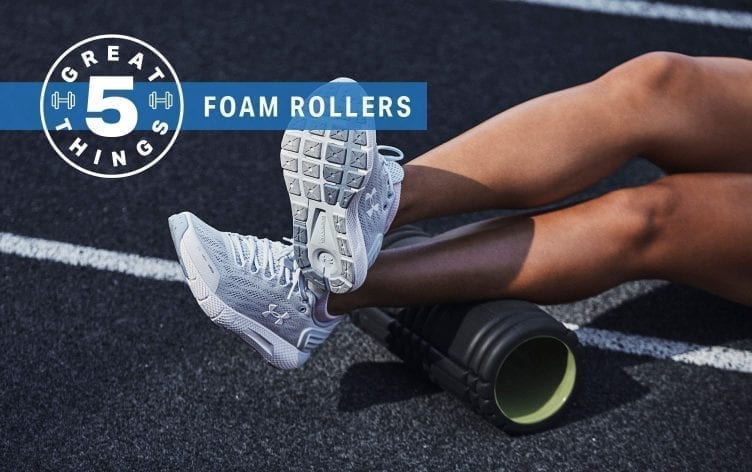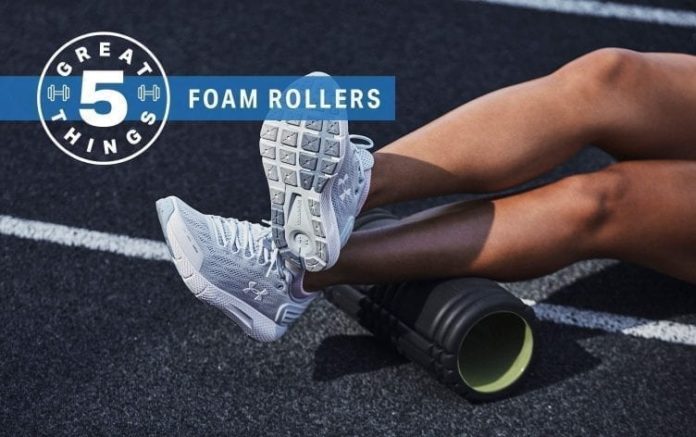
Maybe you tell yourself you should foam roll but you never seem to have time for it. Or maybe you’ve seen the cylinders in your gym but aren’t quite sure what to do with them. Either way, it’s smart to add some foam rolling to your fitness routine — as it’s good for rehab, prehab and more. Check out these five reasons foam rollers are great:

“The recovery tool market can be very confusing and daunting for a new user. In the last year there has been a massive influx of recovery toys,” says Kamraan Husain, DC, a recovery specialist at New York City’s Tone House. But the classic foam roller is not only tried and true, it’s also cheap, simple to use and gets the job done. You roll along the entire length of your muscle, listening to your body and spending more time on any sore or tight spots. (Get a quick tutorial here.)

If you have an injury, avoid using foam rollers on the affected muscles or you could exacerbate things. Otherwise, “you can roll out your major muscle groups using your own bodyweight without the risk of excessive soreness or bruising,” Husain says. Just be sure to avoid these common foam roller mistakes and, again, listen to your body. If you feel intense pain during or after a session, it’s a clear sign to ease up. More pain will definitely not lead to more gains.

“Foam rolling is one of the fastest ways to fire up the body to perform,” Husain says. Increasing the flow of blood to your muscles literally warms them up. Studies show foam rolling may also help increase range of motion and, unlike static stretching, it doesn’t negatively impact exercise performance when done before a workout.

Increasing blood flow pre-workout also “allows our muscles to move optimally, which may help minimize potential injury,” Husain says. When you foam roll post-workout, the increased blood flow helps bring nutrients to your muscles to promote recovery. So whenever you choose to do it, a little rolling can help keep your body functioning at its best.

“Using a foam roller creates mindfulness and awareness,” Husain says. Just as you’d never deadlift by just grabbing a barbell and heaving it, you want to foam roll intentionally. Notice how your muscles respond to different types of pressure and adjust accordingly. If you’re tempted to rush through your session, remember this isn’t HIIT — moving slowly maximizes your benefits. As a bonus, you may even become more mindful of your muscles and movements during your workouts and outside of exercise thanks to foam rolling.



